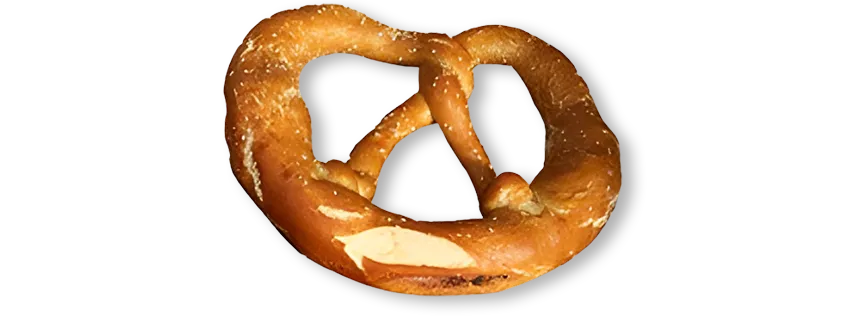Published:
Author: Antonio Maria Guerra
Italian Side Dishes
The Most Typical Specialties

Welcome! This section of WebFoodCulture is dedicated to the most typical side dishes of the Italian gastronomy. We will explain what makes them so special and inimitable, starting with their history and places of origin, all seasoned with a large number of curiosities. Finally, we will discover the most traditional restaurants and producers, thanks to which it will be possible to savor the most authentic taste of these delicacies. Enjoy the reading!
Breadsticks, also known as ‘grissini’, are a crunchy specialty that cannot be missing from the table of any Italian restaurant. Over the centuries, thanks to their simplicity and versatility, they have acquired a large number of ‘aficionados’ all around the world. Let’s find out why this snack is so successful, starting with its fascinating origins. (read more)
Origin: Turin (Piedmont) Typology: Side Dishes
Coming soon
‘Pretzel’ is a type of bread very common in Germany, Switzerland, Austria and in the Adige / Südtirol area.
Read more
Even if there are no decisive proofs, its origin most probably dates back to the Medieval Period. Some think it was invented by monks: to support this theory they point out that its classic shape, the ‘pretzel knot’, has three holes, symbolizing the Holy Trinity.

Copyright information.
To get copyright information about the images on this page, please refer to the copyright section of each article.


